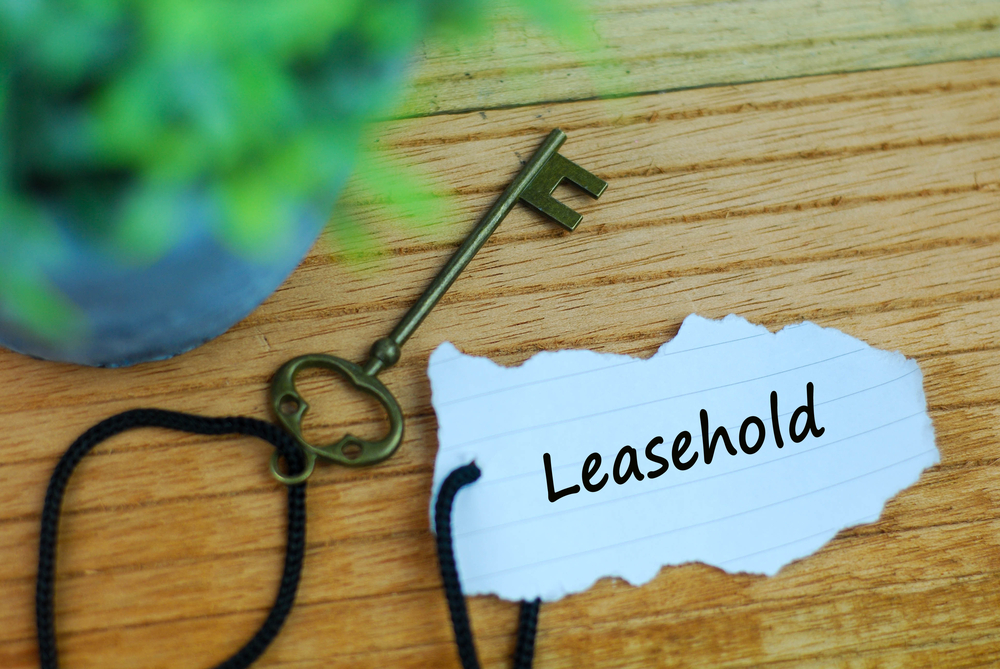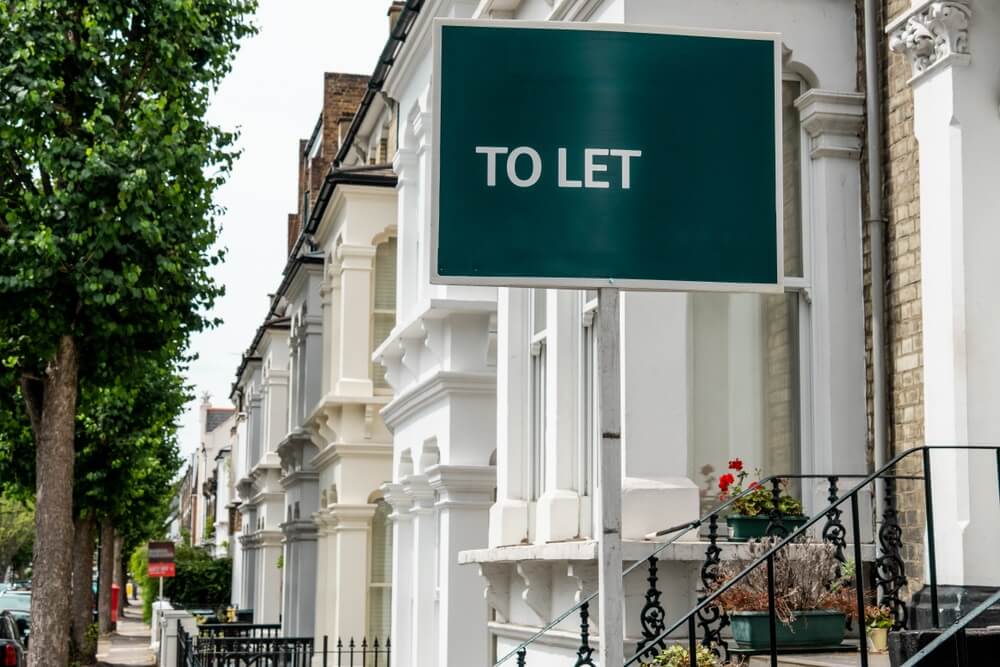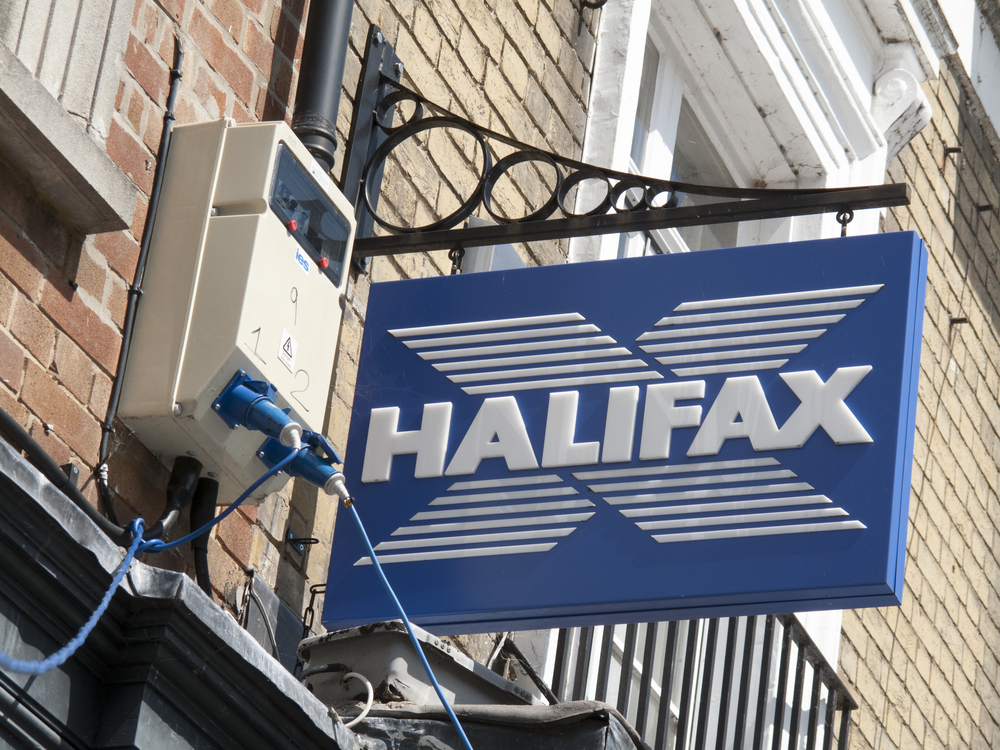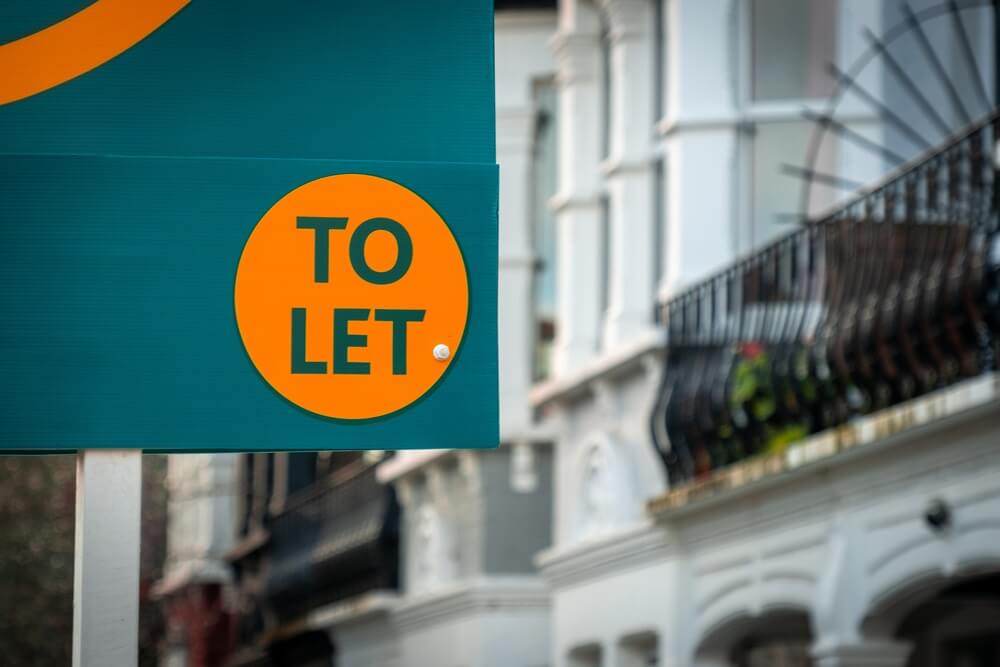[col type=”one-third”]
Our property investment expert is Jeni Browne, Sales Director at
Mortgages for Business
www.mortgagesforbusiness.co.uk
Tel: 0345 345 6788

[/col]
[col type=”two-third last”]
Question
Us landlords have had it pretty tough recently! There was the 3% increase in stamp duty last year, new underwriting rules in January and then changes to mortgage tax relief in April. I’ve heard about new rules being implemented by the Prudential Regulation Authority (PRA)this autumn, but I’m unsure about what exactly is happening and how I will be affected. I currently have six properties which I rent out but I am thinking of downsizing my portfolio at some point. Could you explain more about the rules and what they mean for landlords?
Answer
Yes, you’re right, from October 2017 the PRA requires buy-to-let lenders to apply a “specialist” underwriting approach when assessing loan applications from portfolio landlords. The PRA defines a portfolio landlord as a person with four or more distinct, mortgaged buy-to-let properties, either together or separately, in aggregate. This rule applies regardless of whether the borrower owns the properties personally or in a corporate structure, i.e. a limited company.
In practice, this means that all buy-to-let lenders will be looking much more closely when assessing mortgage applications. If you are (or will be) a portfolio landlord it means that you will have to provide much more information than you might have done previously. Lenders will want to look at how you operate and the borrowing on your entire portfolio, plus any other income, expenditure, assets and liabilities you have. They may even ask for a business plan.
The upshot is that the mortgage application process could take a bit longer and the industry may experience a log jam as lenders get to grips with the rules. We’ve even seen some portfolio landlords bring forward their financing plans in an attempt to avoid potential delays and stricter underwriting.
In this regard, we’ve been working hard to create some tools to help landlords prepare for the new requirements, including a checklist to ensure that you have all the necessary paperwork and information sorted before applying for a mortgage. Head over to our website for more information..
[hr style=”single”]
Question
I currently have four buy-to-let properties, but with all the regulations that have been brought in over the years, I’m slowly seeing my returns disappear. I’ve heard about Houses in Multiple Occupation and I’m thinking of converting my properties so I can boost my revenue. I live in a big university town with lots of students, so I wouldn’t have a problem getting tenants. I’m interested to know more about HMOs. Do I have to switch mortgages? Will it give me the opportunity to increase revenue?
Answer
Houses in Multiple Occupation, or HMOs as they are more commonly known, are residential dwellings rented out to at least three people who do not form a single household (e.g. a family) but who share essential facilities such as bathrooms and kitchens. According to the Complex Buy-to-let Index published by Mortgages for Business, HMOs typically generate much higher yields than standard buy-to-let property which is why they are becoming increasingly popular with landlords
Before converting your rental properties into HMOs make sure you do your homework as you will need to get the correct permissions from your local authority including operational licences, planning permission as well as complying with a variety of regulations – think building regulations and health and safety. Also, if you do convert your properties into HMOs you will have to refinance them. Make sure you talk to a broker or the lender before starting!
In terms of accessing finance, you have to use a broker that has access to the specialist buy-to-let lenders as most of the mainstream providers steer clear of HMOs as they take a greater level of knowledge to underwrite and are maybe perceived as a higher risk. Although borrowing to 75-80% loan-to-value is available, expect rates to be a bit higher than for more vanilla rental property. And note that most lenders will value the HMO based on what the rent might achieve if let to a single family not multiple family groups – so this could limit you anticipated borrowing.
Managing HMOs can be lucrative but do note they are not for the faint-hearted. It’s a time-consuming job and you may find that you have a higher tenant churn rate, so factor this into your figures.
[hr style=”single”]
Question
I’ve been thinking about a buy-to-let mortgage and I’ve finally found a suitable property. It’s very basic though and I would like to make a number of improvements. Is it possible to get the lender to top up the mortgage to cover the costs of refurbishments?
Answer
No – it doesn’t work like that! Firstly, you can only get a buy-to-let mortgage on a property that is habitable. If the property is habitable but you think that carrying out improvements will make it a more attractive and lucrative proposition, that’s up to you but you will have to find the money yourself to do the work.
For property that is not habitable, developers often use bridging loans to buy and renovate. They then refinance onto a buy-to-let mortgage once the property is habitable. In these scenarios, it’s worth bearing in mind that relatively few buy-to-let lenders will allow you to remortgage within six months of purchase. Those that do will probably only lend against the purchase price and not the uplift in value, which means you might have to wait for longer than anticipated before you can remortgage to claw back your renovation costs, making the whole exercise more costly. The upshot? Make sure you do your homework and budget carefully beforehand.
[hr style=”single”]
[/col]










 Buy-to-let
Buy-to-let










